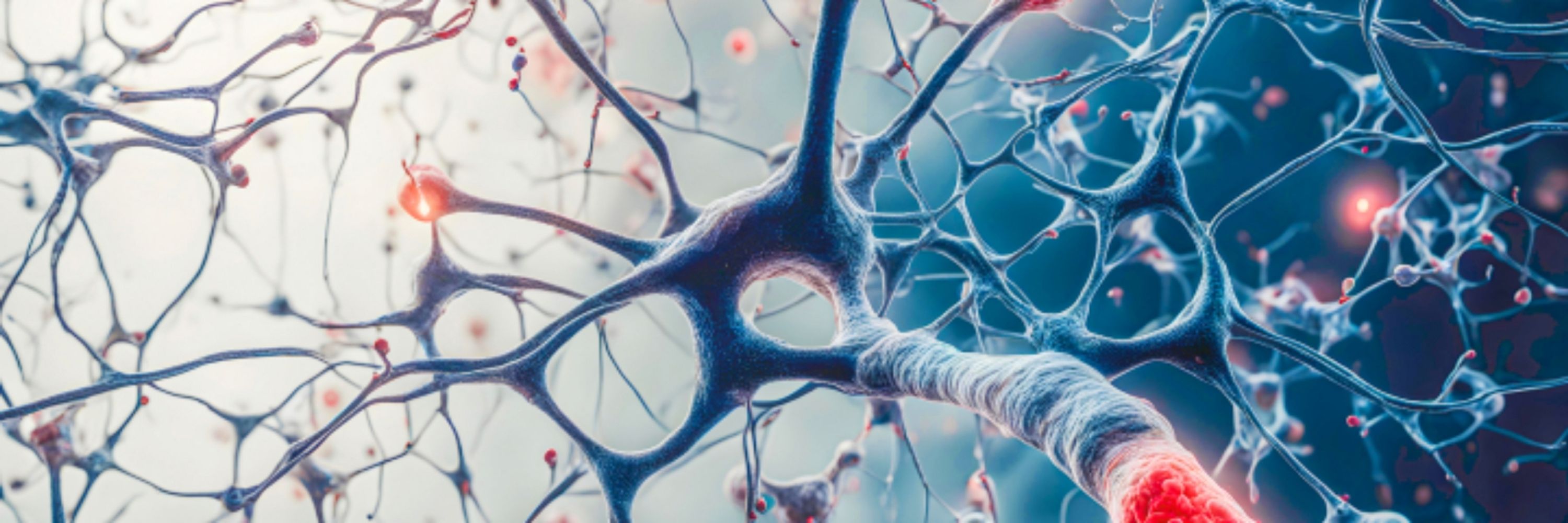
pmc.ncbi.nlm.nih.gov/articles/PMC...

pmc.ncbi.nlm.nih.gov/articles/PMC...
www.ahajournals.org/doi/10.1161/...

www.ahajournals.org/doi/10.1161/...
pmc.ncbi.nlm.nih.gov/articles/PMC...

pmc.ncbi.nlm.nih.gov/articles/PMC...
pmc.ncbi.nlm.nih.gov/articles/PMC...

pmc.ncbi.nlm.nih.gov/articles/PMC...
#OpenAccess

#OpenAccess
www.nature.com/articles/s41...
www.nature.com/articles/s41...

www.sciencedirect.com/science/arti...

www.sciencedirect.com/science/arti...


link.springer.com/article/10.1...

link.springer.com/article/10.1...

Rinku Majumder & team now show estrogen & obesity synergistically suppress the anticoagulant PS via HIF-1alpha: www.jci.org/articles/vie...

Rinku Majumder & team now show estrogen & obesity synergistically suppress the anticoagulant PS via HIF-1alpha: www.jci.org/articles/vie...
www.nature.com/articles/s43...
www.nature.com/articles/s43...


advanced.onlinelibrary.wiley.com/doi/10.1002/...

advanced.onlinelibrary.wiley.com/doi/10.1002/...
Check it out here:
📜: doi.org/10.1038/s415...
🔓: rdcu.be/eRFDh

Check it out here:
📜: doi.org/10.1038/s415...
🔓: rdcu.be/eRFDh
www.sciencedirect.com/science/arti...

www.sciencedirect.com/science/arti...
www.ahajournals.org/doi/10.1161/...

www.ahajournals.org/doi/10.1161/...
Read the full article: geosociety.co/4r1VG41
#Volcanology #Chicxulub #ImpactCrater
Image: Figure 4 from the paper.

Read the full article: geosociety.co/4r1VG41
#Volcanology #Chicxulub #ImpactCrater
Image: Figure 4 from the paper.
www.nature.com/articles/s41...
www.nature.com/articles/s41...
www.ahajournals.org/doi/10.1161/...

www.ahajournals.org/doi/10.1161/...



